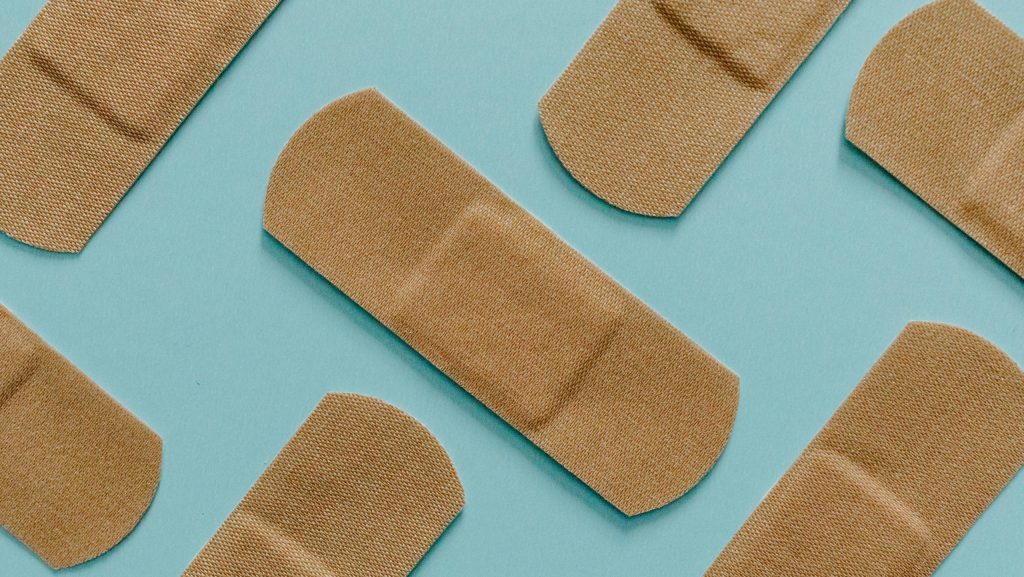FREE Shipping on Orders over $89 with Account – Create One Today!
- (844)-859-9400
- Get Help

Our bodies can heal most wounds naturally, but sometimes they need extra help to heal properly.
When a wound shows little improvement after a month of regular care, it shifts into “chronic wound” territory. Understanding these stubborn wounds and your treatment options can make a big difference in recovery.
A chronic wound is an injury that hasn’t improved much after 4-6 weeks of care. These wounds can cause ongoing pain and might lead to more serious problems if left untreated.
Your body typically follows four main stages of healing. First, blood clots form to stop bleeding. Next, inflammation helps fight off infection. Then, new tissue starts to grow. Finally, the wound closes up and forms a scar.
A chronic (or non-healing) wound gets stuck in one of these stages, usually the inflammation phase.
Several things can interrupt the healing process. Understanding these factors helps you and your healthcare team choose the proper treatment.
Your blood delivers important healing properties to your wounds. When blood flow slows down, healing slows down too. This often happens in the legs and feet, especially in people with diabetes or circulation issues.
Bacteria in a wound can slow down healing. That’s why it’s important to watch for these warning signs of infection:
Some health conditions make it harder for wounds to heal. This includes:
Proper wound care is a top priority when it comes to healing chronic wounds. Follow these important steps:
There are several effective treatments for stubborn, chronic wounds that won’t heal:
Different wounds need different types of dressings. It’s best to consult with your healthcare provider to determine which dressing is best for your situation. Here are some examples:
For leg wounds, doctors often recommend compression bandages. These special wraps help squeeze fluid out of swollen tissues and improve blood flow.
Sometimes, dead tissue prevents healing. Doctors remove this tissue through a process called debridement. This gives healthy tissue the space it needs to grow.
Don’t wait to get help if you notice the following symptoms:
It’s good to know that there are steps you can take if a chronic wound develops. However, it goes without saying that avoiding chronic wounds in the first place is preferred. Here are some steps you can take to help avoid non-healing wounds:
While this guide provides helpful information about wound care, always follow your healthcare provider’s specific instructions. They know your particular situation and can give you the best advice for your wound care needs.
Medical Monks provides all the wound care supplies needed for proper treatment. We offer medical-grade products recommended by healthcare professionals, from basic gauze to advanced wound care dressings.
If you have any questions about our selection of products, feel free to contact one of our experts today!

Edited for content by JORDAN GAYSO.
